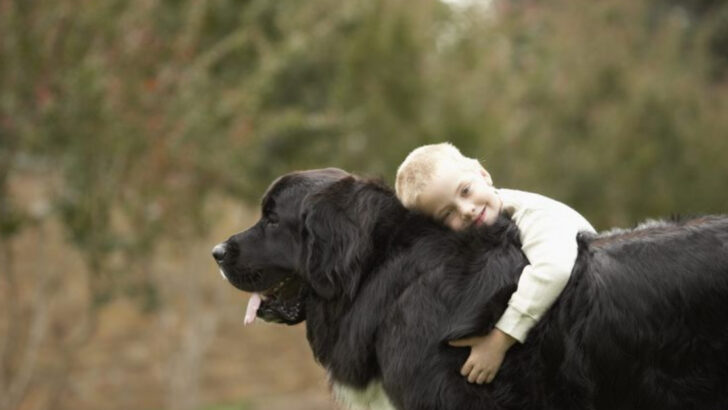They’re not monsters.
They’re not ticking time bombs.
And no—they’re not “too much dog” for a loving home.
Big breeds get slapped with some of the worst reputations in the dog world.
People whisper about aggression, drool over destruction, and toss out words like “unpredictable” without a second thought.
It’s lazy, it’s wrong, and it’s time to call it out.
Behind those massive paws and barrel chests are some of the gentlest, goofiest, most loyal companions you’ll ever meet.
They’re cuddle-seeking, baby-loving, treat-sharing giants with hearts ten sizes too big.
Let’s crush the myths and give these misunderstood breeds the love—and truth—they deserve.
Because size doesn’t make the dog.
Judgment does.
Ready to meet the gentle giants and the lies they’ve been fighting?
The Gentle Giant
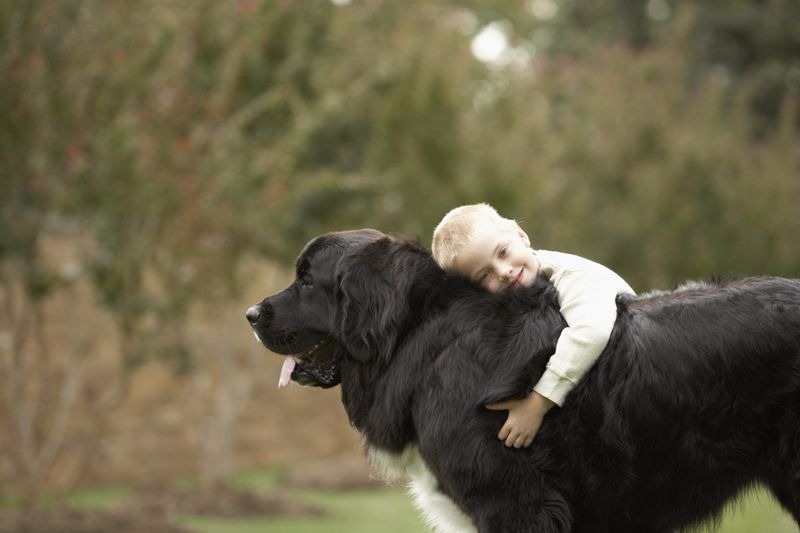
With a heart as big as its paws, the Newfoundland is every child’s gentle guardian. Often perceived as intimidating due to their size, these dogs are known for their tender-hearted demeanor and nurturing instincts. They are incredibly patient and famously good with children.
Their history as reliable rescue dogs on the icy shores of Newfoundland speaks volumes about their character. Far from being aggressive, they are more likely to shower affection on everyone they meet. Their calm nature and protective instincts make them ideal family pets.
Did you know? Newfoundlands have webbed feet, aiding their swimming prowess.
Majestic yet Mellow
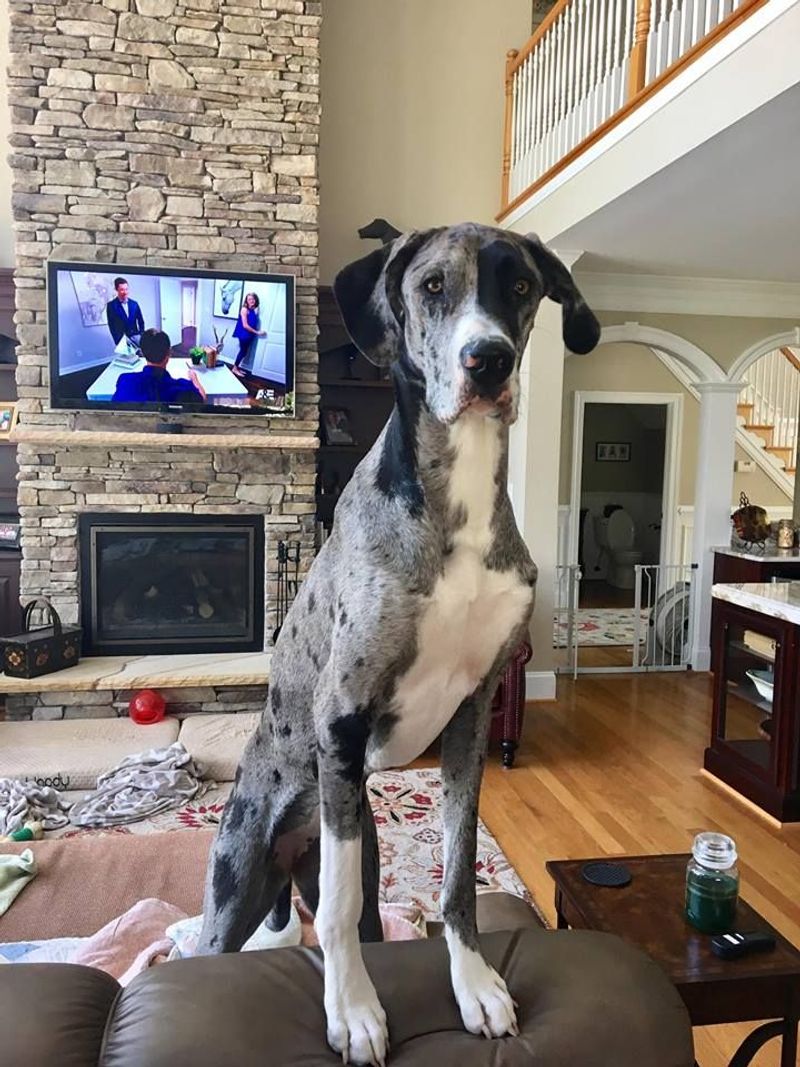
Commonly misunderstood as overly boisterous, the Great Dane is a breed that exudes elegance and calmness. Despite their towering stature, these dogs are known for their mellow and gentle nature. Their presence may be grand, but their hearts are soft.
Many people imagine their homes being overwhelmed by such large dogs, yet Great Danes are often described as “gentle giants,” lounging comfortably in family settings. Their adaptability to indoor living conditions surprises many.
Fun fact: Despite their name, Great Danes are not from Denmark but have German origins, where they are called “Deutsche Dogge.”
Playful Pals
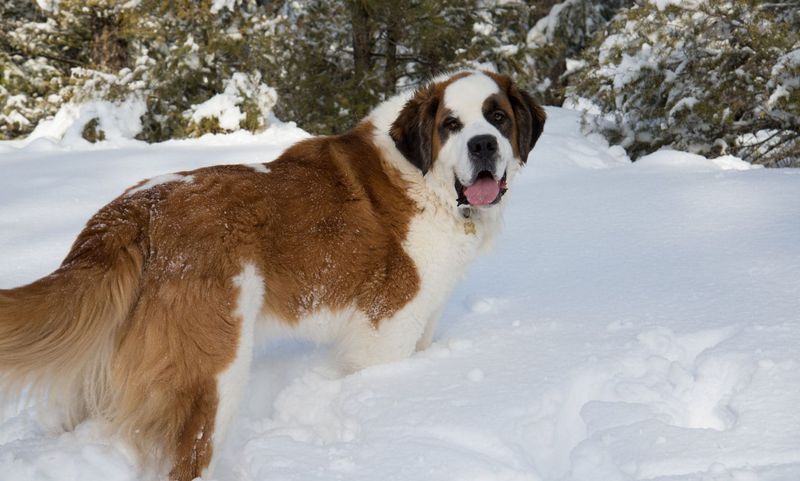
Often seen as cumbersome, Saint Bernards are playful spirits at heart. Known primarily for their historic rescues in the Swiss Alps, they are actually quite the entertainers. Their lively antics and playful interactions make them beloved family members.
Their robust size may suggest laziness, but in reality, they thrive in environments where they can express their joyful nature. Families with space for their playful bounds will find them to be enthusiastic companions.
Interesting tidbit: The iconic barrel around their necks is more of a myth from stories than actual practice by the monks of the Great St. Bernard Pass.
Elegance in Motion

Known for their height, Irish Wolfhounds are often thought to be clumsy. Yet, these dogs are the epitome of elegance. Their movements in open fields reveal a gracefulness that contradicts their size.
Bred originally for hunting wolves, their agility and speed are often underestimated. Despite their formidable appearance, they are gentle souls who thrive in loving environments.
A quirky fact: Historically, Irish Wolfhounds were so prized that battles were fought over them, and only nobility was allowed to own such majestic creatures during the Middle Ages.
The Tender-hearted Mastiff
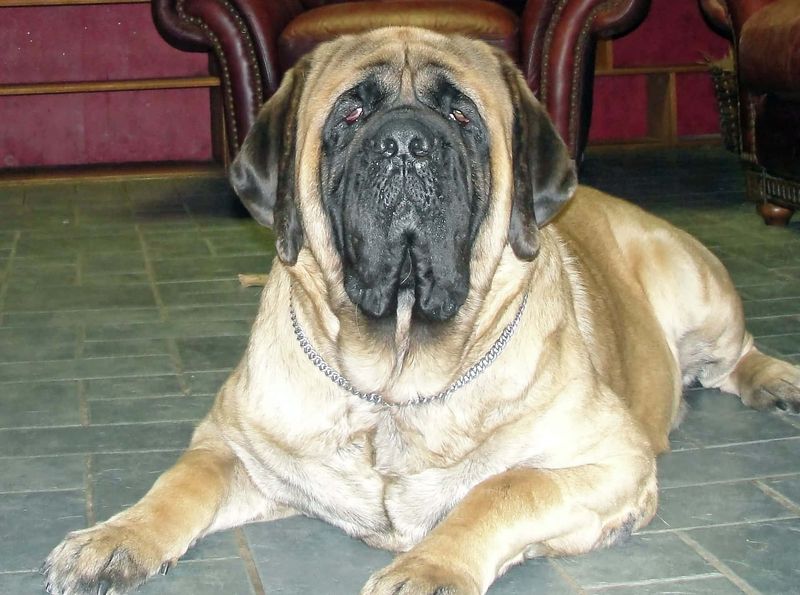
With their massive build, English Mastiffs are often unfairly branded as aggressive. In truth, they are gentle guardians with an incredibly sweet disposition. When lounging in familiar surroundings, they display a calm and soothing presence.
Their protective nature does not translate into unwarranted aggression, but rather a steadfast loyalty to their families. They seek companionship and are known to be wonderful with children.
Here’s something fascinating: The Mastiff lineage dates back to Julius Caesar’s times, used then as war dogs but now as loyal family pets.
Affectionate Protectors
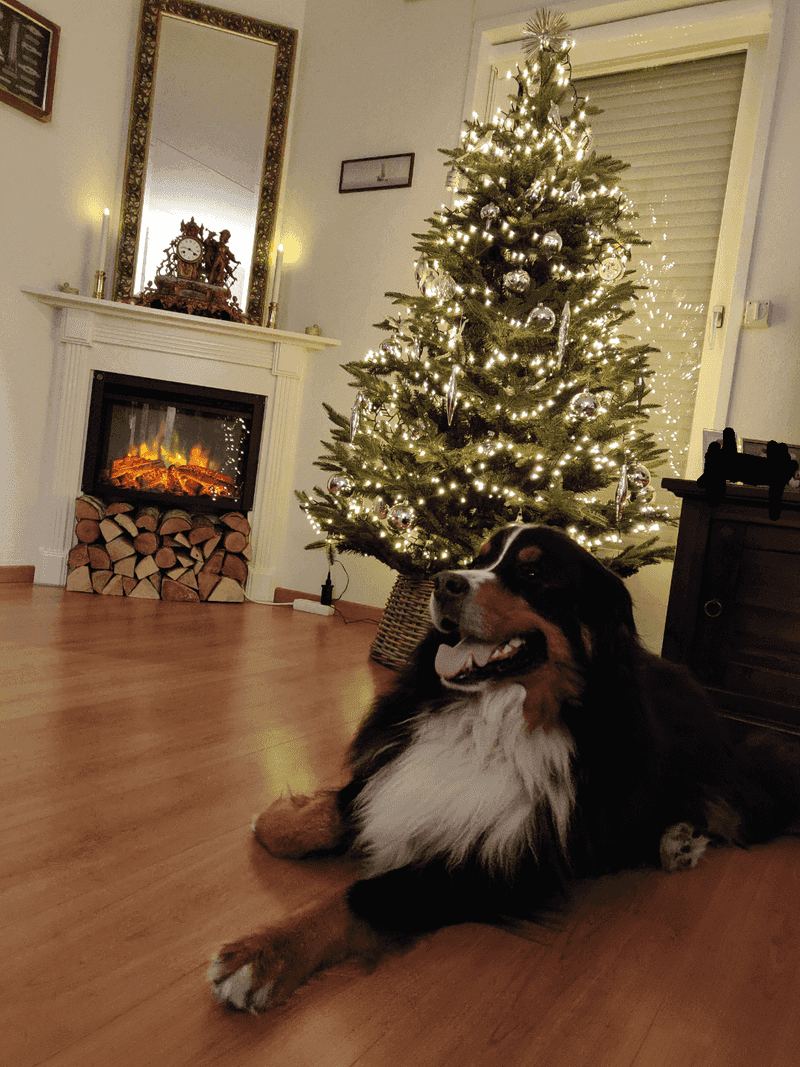
Despite their robust appearance, Bernese Mountain Dogs are deeply affectionate. They radiate warmth and form strong bonds with their families. Their loving nature is evident in their constant desire to be near their human companions.
These dogs were originally farm dogs in the Swiss Alps, where they worked closely with farmers, showcasing their protective but gentle demeanor. Today, they continue to be loyal protectors at home.
Did you know? Bernese Mountain Dogs have a history of pulling carts, using their strength to assist with daily farm tasks.
Loyal Companionship

Rottweilers often get a bad rap for being overly aggressive, yet they are intensely loyal companions. Their history as working dogs in ancient Rome highlights their dependable nature and strength.
In families, Rottweilers showcase a calm demeanor and a gentle side that loves to bond with their human pack. Their watchful eyes ensure that they are both protectors and loving family members.
A fun fact to consider: Rottweilers once herded livestock and pulled carts, a testament to their strength and versatility in various roles.
Lovable Guardians
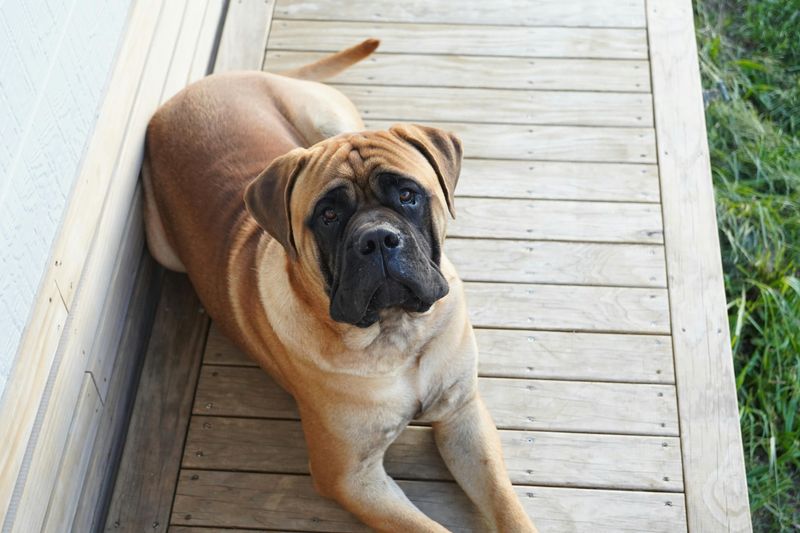
Bullmastiffs are sometimes mistaken for being intimidating, but underneath lies a loving guardian. Known for their courage, they are also celebrated for their calm temperament and affectionate nature with families.
Their origins as gamekeepers’ dogs reflect their protective instincts, yet they are more likely to snuggle up than to show aggression without cause. They thrive on companionship and are incredibly gentle with children.
Quirky tidbit: Despite their size, Bullmastiffs are known as “the silent watchdogs,” using their keen sense of smell to detect intruders quietly.
Nurturing Nannies
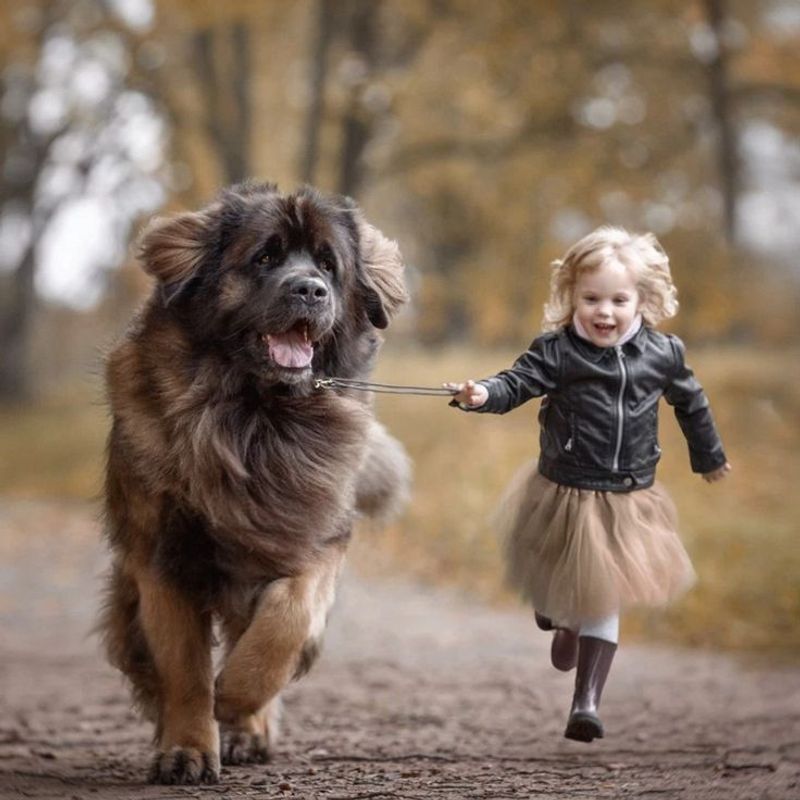
Leonbergers are often thought to be too large for families, yet they are nurturing “nanny dogs” at heart. Their playful and patient nature makes them wonderful companions for children, always willing to join in on fun and games.
Originating from Leonberg, Germany, these dogs were bred to be versatile family companions and working dogs. They possess a loving demeanor that immediately puts people at ease.
Fun to note: The Leonberger was bred to resemble the lion on the town’s crest, embodying both strength and gentleness.
Gentle Giants of the Snow
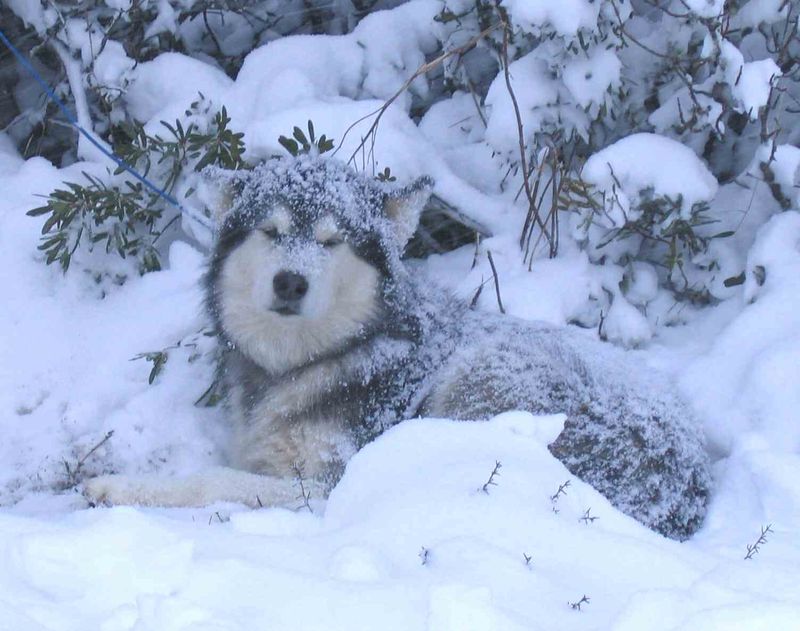
Alaskan Malamutes are often mistaken for being aggressive or unmanageable due to their size and strength. However, they are gentle giants with a deep love for human companionship.
Bred for endurance in harsh climates, their history as sled dogs in the Arctic showcases their resilience and loyalty. Their well-mannered nature makes them excellent family dogs, thriving in environments where they can share warmth and play.
Did you know? Malamutes are one of the oldest Arctic sled dog breeds, known for their strength and endurance over long distances.
The Gentle Giant: Pyrenean Mountain Dog
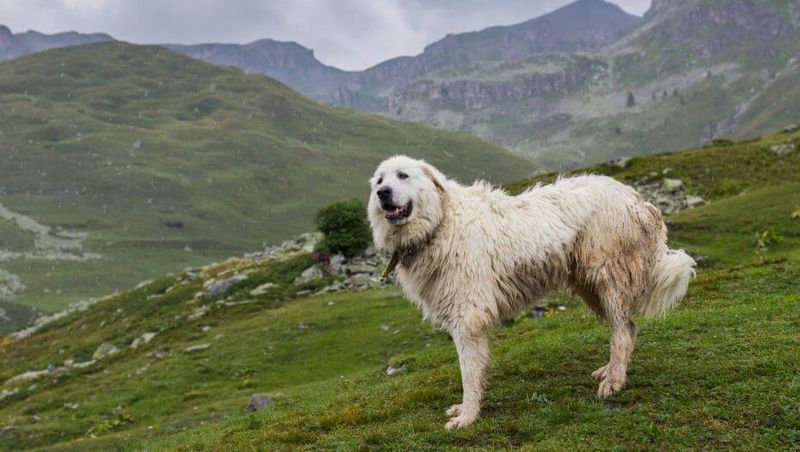
The Pyrenean Mountain Dog is often perceived as aloof due to its majestic appearance. However, they are gentle giants known for their serene and loyal nature.
These dogs have historically protected flocks in the Pyrenees Mountains, showcasing their bravery and watchful instincts. Yet, their calm demeanor at home makes them fantastic companions for families.
An intriguing fact: Pyrenean Mountain Dogs have been beloved by nobility, often found in the courts of France as esteemed guardians and companions.
Cuddly Companions
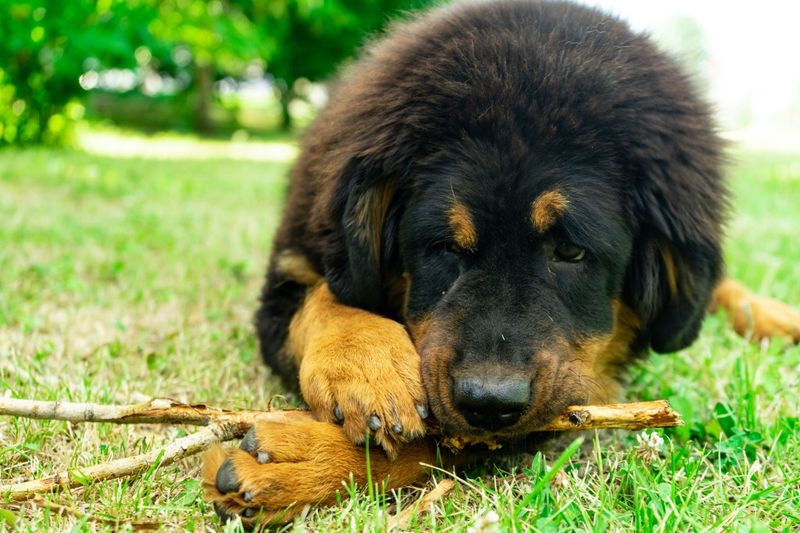
Despite their formidable appearance, Tibetan Mastiffs are cuddly companions who enjoy the tranquility of family life. Known for their independence, they also have an affectionate side that loves to bond with their family.
Bred as protectors in the Himalayan mountains, they possess a strong sense of loyalty and courage. Yet, at home, they display a nurturing side, often seen relaxing in sunny spots or enjoying gentle play.
Did you know? Tibetan Mastiffs have a unique double coat that helps them withstand severe cold, a testament to their mountain heritage.
Cheerful and Charming
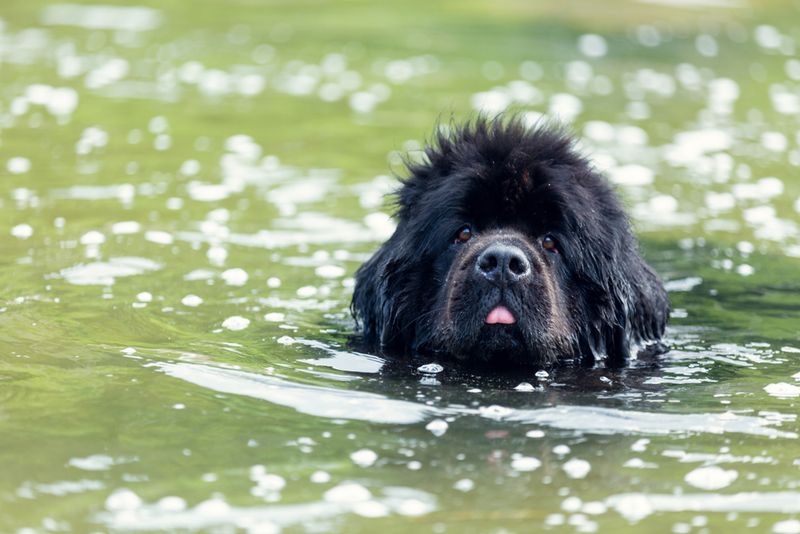
Landseer Newfoundlands are sometimes confused with aggressive tendencies due to their size. In reality, they are cheerful and charming, often seen joyfully swimming and playing in water.
Their affinity for water and playful nature make them exceptional companions for families who enjoy outdoor activities. They are gentle with children, showcasing a nurturing and warmhearted demeanor.
Fun fact: The Landseer was named after Sir Edwin Landseer, a painter known for depicting these dogs in his works, capturing their beauty and charm.
The Tenderhearted Protector
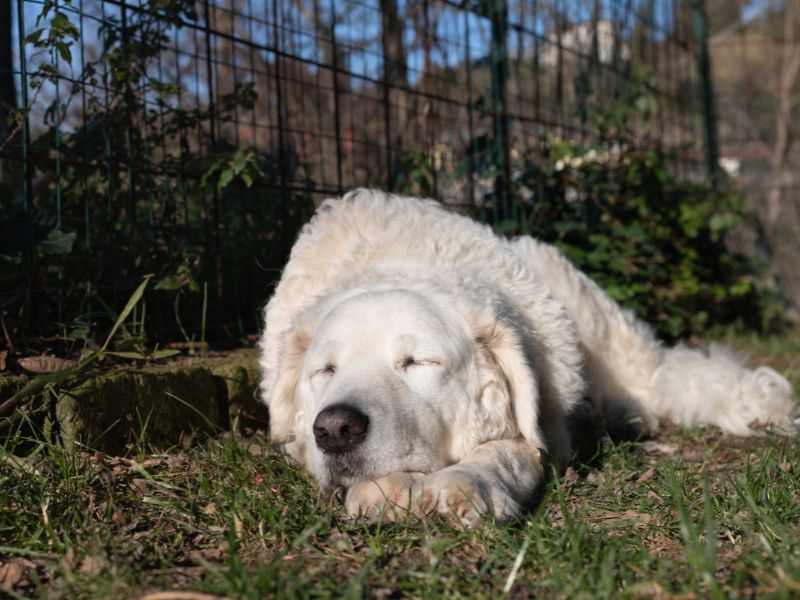
Kuvasz dogs are often misjudged as fiercely aloof, yet they are tenderhearted protectors with a deep sense of duty towards their families. Their loyalty is unmatched, and they are known for their thoughtful and watchful nature.
Historically used as livestock guardians in Hungary, their protective instincts remain, though they are incredibly gentle with their human companions.
Did you know? The Kuvasz was a favored breed of Hungarian nobility, often entrusted with guarding estates and being close family members.
Mellow and Mindful
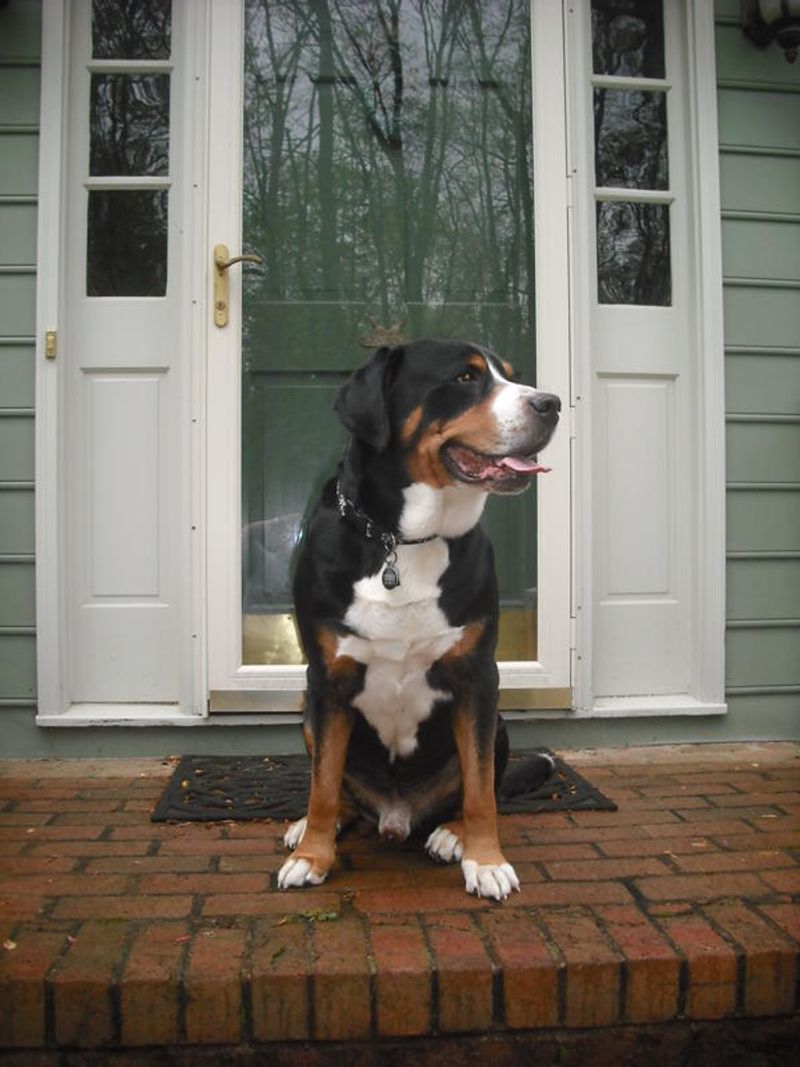
Despite their strong build, Greater Swiss Mountain Dogs are mellow and mindful companions. Known for their work with farmers, they are gentle giants who thrive in family environments.
Their calm nature and love for children make them ideal family pets. Their watchfulness ensures they are both protectors and affectionate members of the household.
Quirky fact: These dogs were historically used to pull carts, showcasing their strength and willingness to work alongside humans.

